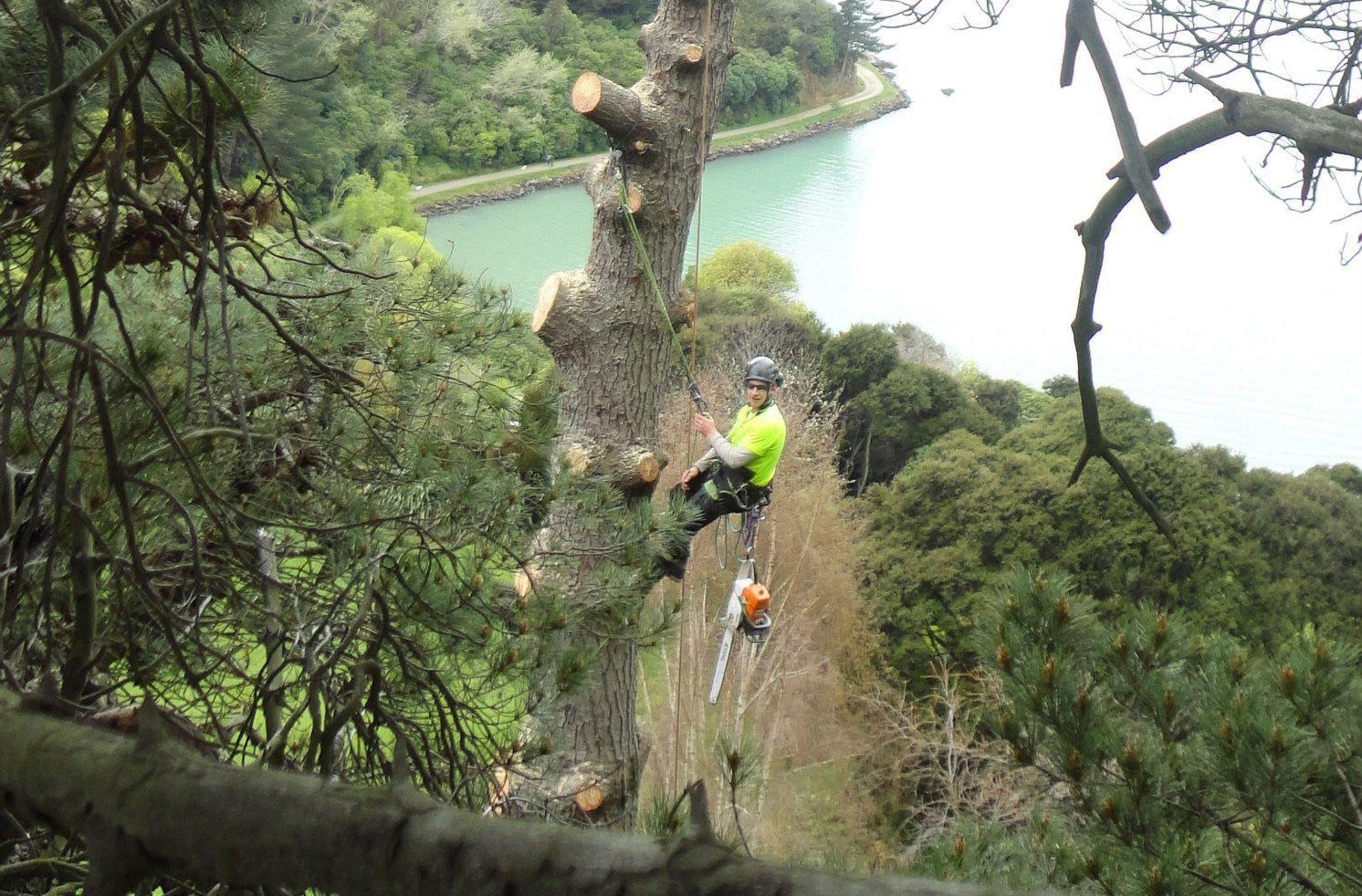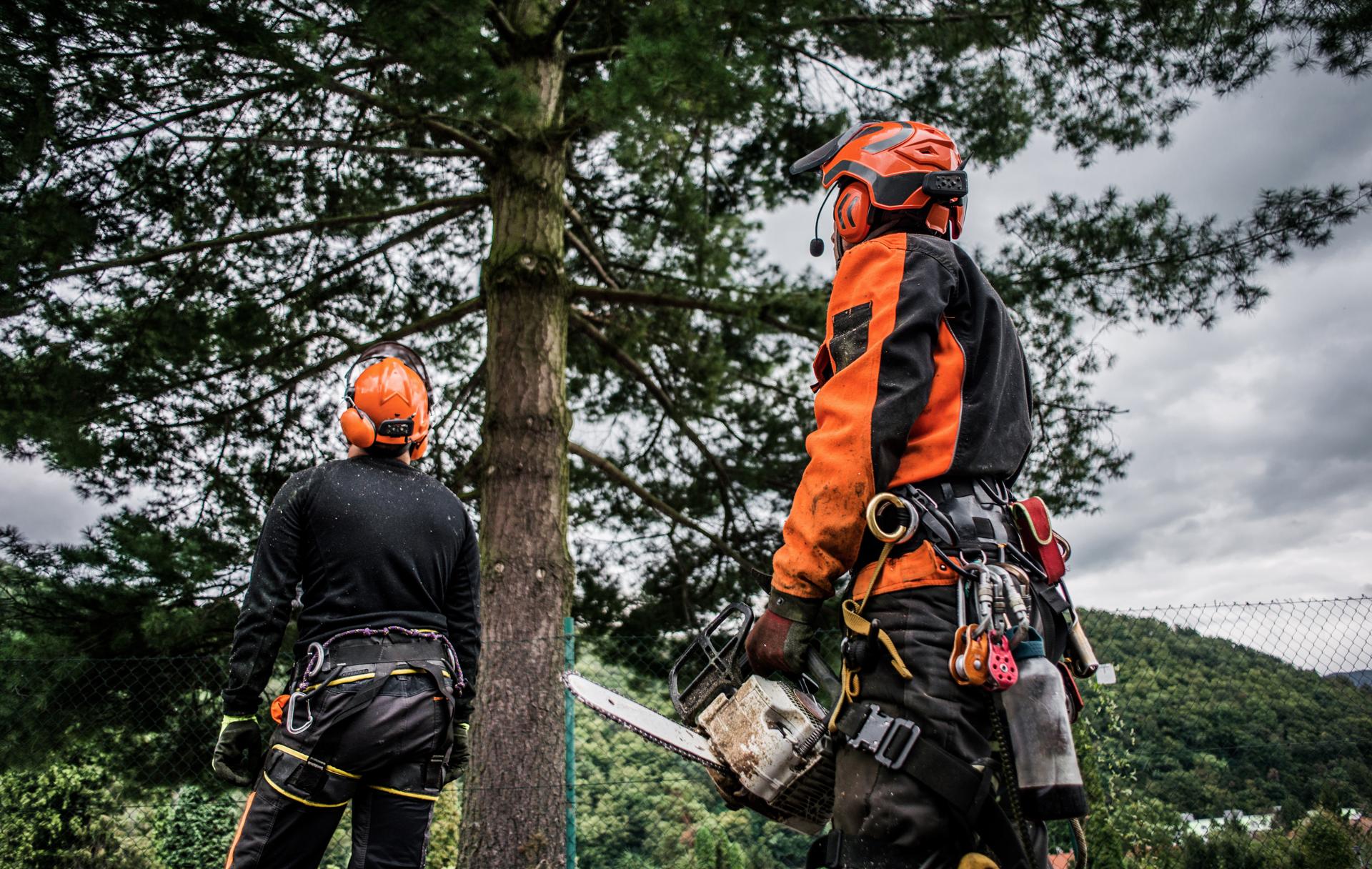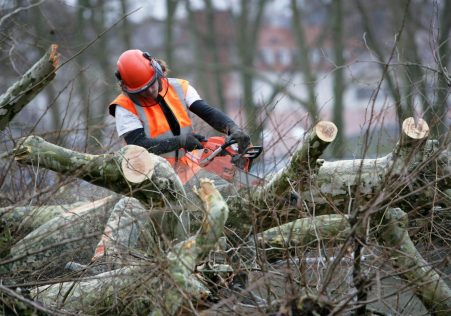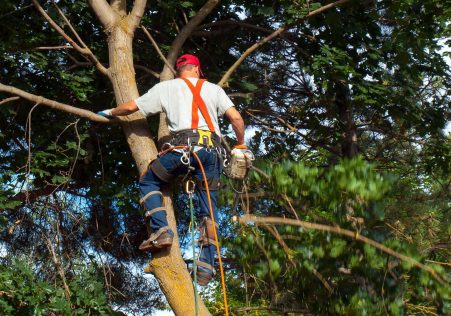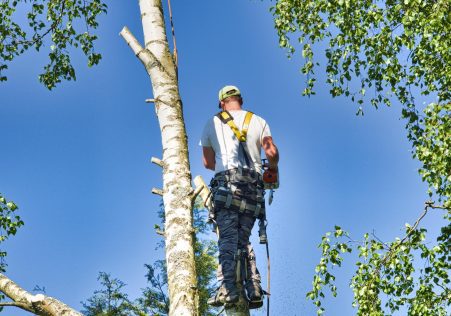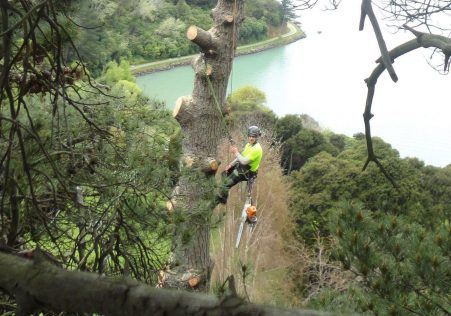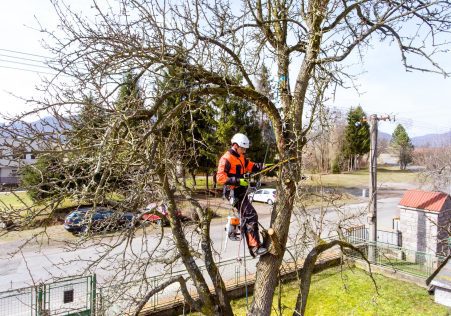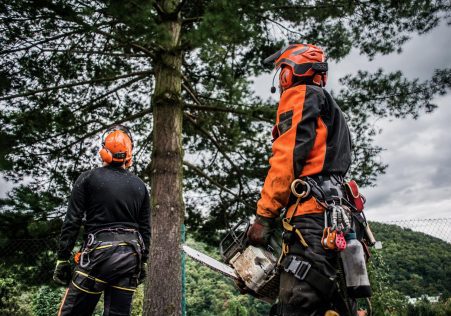Avoiding Tree Removal Errors How to Determine whether a Tree is protected
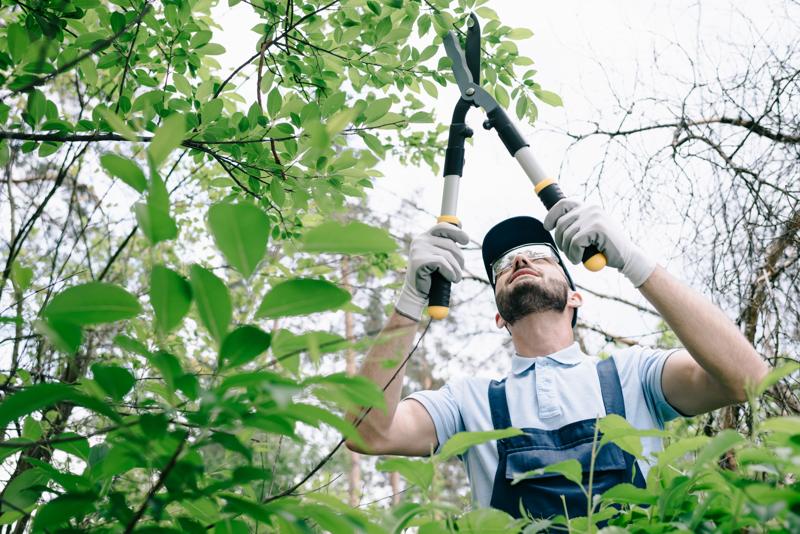
Trees play an essential role in our environment by providing shade, fresh air and aesthetic value our surroundings. However they are not all identical and some are granted extra protection status, which makes it illegal to carry out any work without permission. If you are considering having a tree removed it is essential to know the protection status of the tree you’re considering and what steps you’ll need to take to ensure compliance with the laws. This article we’ll walk you through the steps to determine if trees are protected and what you need be doing to make sure that you are acting within the law.
What is a protected tree?
A protected tree can be subject to specific legal restrictions It is illegal to work on such a tree without obtaining the necessary permissions. There are two kinds of protection a tree could be protected by - preservation orders and protection orders.
Statutory protection
Under the law trees are protected under laws and subject to Tree Preservation Orders (TPOs). TPOs are put in place by local authorities in order to protect trees of significant value to the public and to ensure that they do not get damaged or destroyed.
Preservation orders
Preservation orders are similar to TPOs but are issued through the secretary of state for the Environment. Preservation orders for trees are considered to have an exceptional value and are shielded from all work, which includes the felling.
How do I know when a tree is in danger?
To determine whether trees are protected, you will need to determine if the tree is subject to the protection of a TPO or preservation or protection order. This can be done by contacting your authorities in your area and asking them check their archives.
TPO search
To search for an TPO to locate one, contact the Tree and Woodland officer from the local authority. They will inform you whether the tree is in the protection. They’ll also be able advise you on the next steps to take if the tree is protected.
Preservation order search
To search for a preservation order you must contact the Secretary of State for the Environment. They will tell you whether the tree is protected and give you the information you require and direction.
FAQs:
What happens if I conduct work on a tree that is protected without permission?
If you work on a tree that is protected without the appropriate permissions, you could face significant fines, and possibly even jail time.
Can I appeal an TPO Or preservation or TPO?
Yes, you are able to appeal a TPO or preservation order if that it is not justified. However, you will need to provide evidence to support your argument and demonstrate that you believe that the TPO or the preservation decision isn’t needed.
Can I cut down a tree that is protected tree?
It is against the law to remove trees that are protected without the required permissions. If you need the tree to be removed, you will need to request permission and submit evidence to support your case.
Conclusion
In the end, determining if a tree is protected is an essential step in ensuring that tree work is carried out legally. Understanding the different kinds of protection, and knowing how to identify them, you can ensure that you are acting within the law and are protecting the trees you care for. If you’re not sure about the protection status of the tree you are in charge of, we suggest seeking advice from an experienced tree expert such as Christchurch Tree Removal. Our arborists are experienced and can advise you regarding the status of protection of your trees and walk you through the necessary steps to make sure you’re following the law. With our experience and dedication to providing top-quality tree care, we can help you maintain the beauty and value that your trees have. Contact us today by phone at 0800 500 996 to schedule a consultation, and let us assist you to keep your trees safe and healthy.

